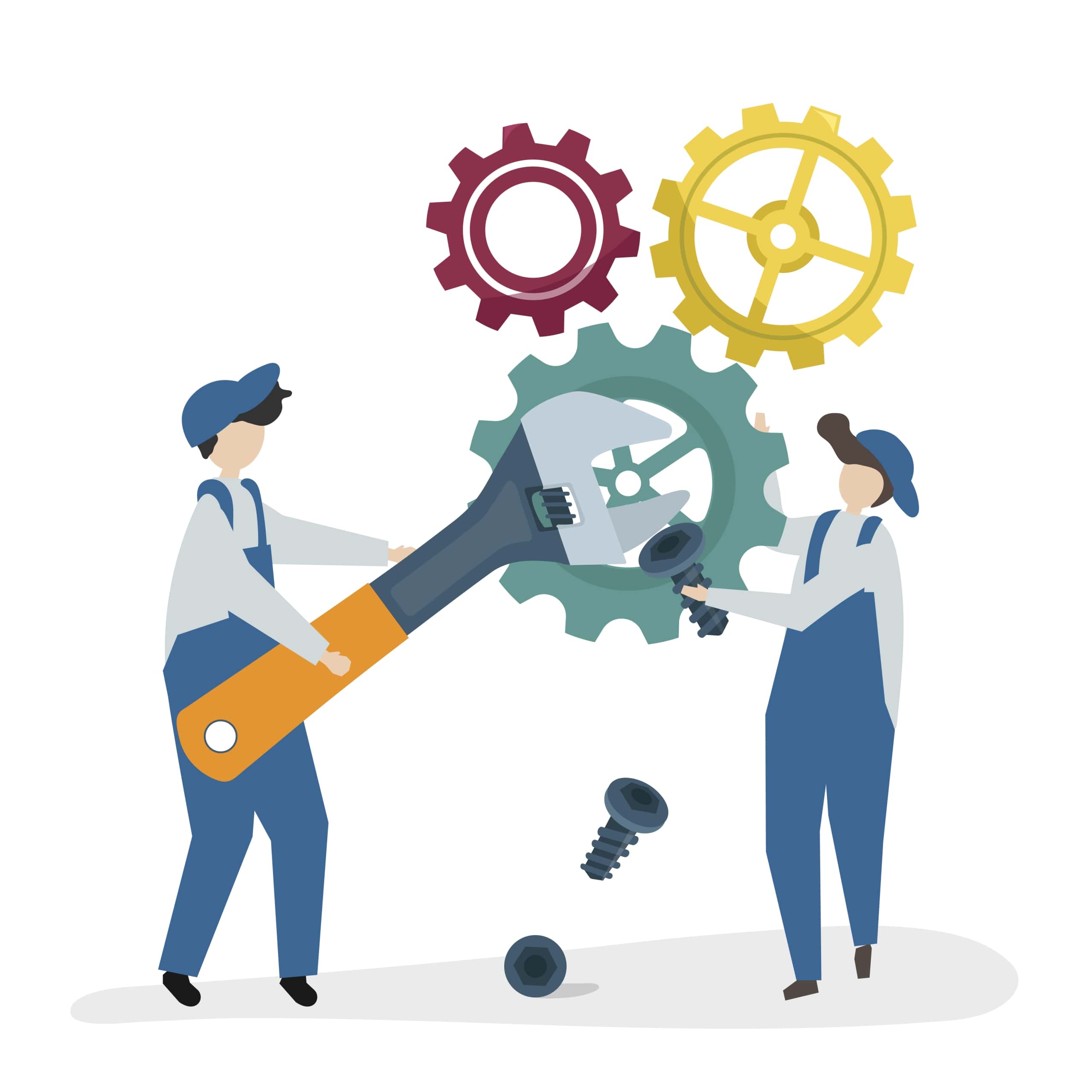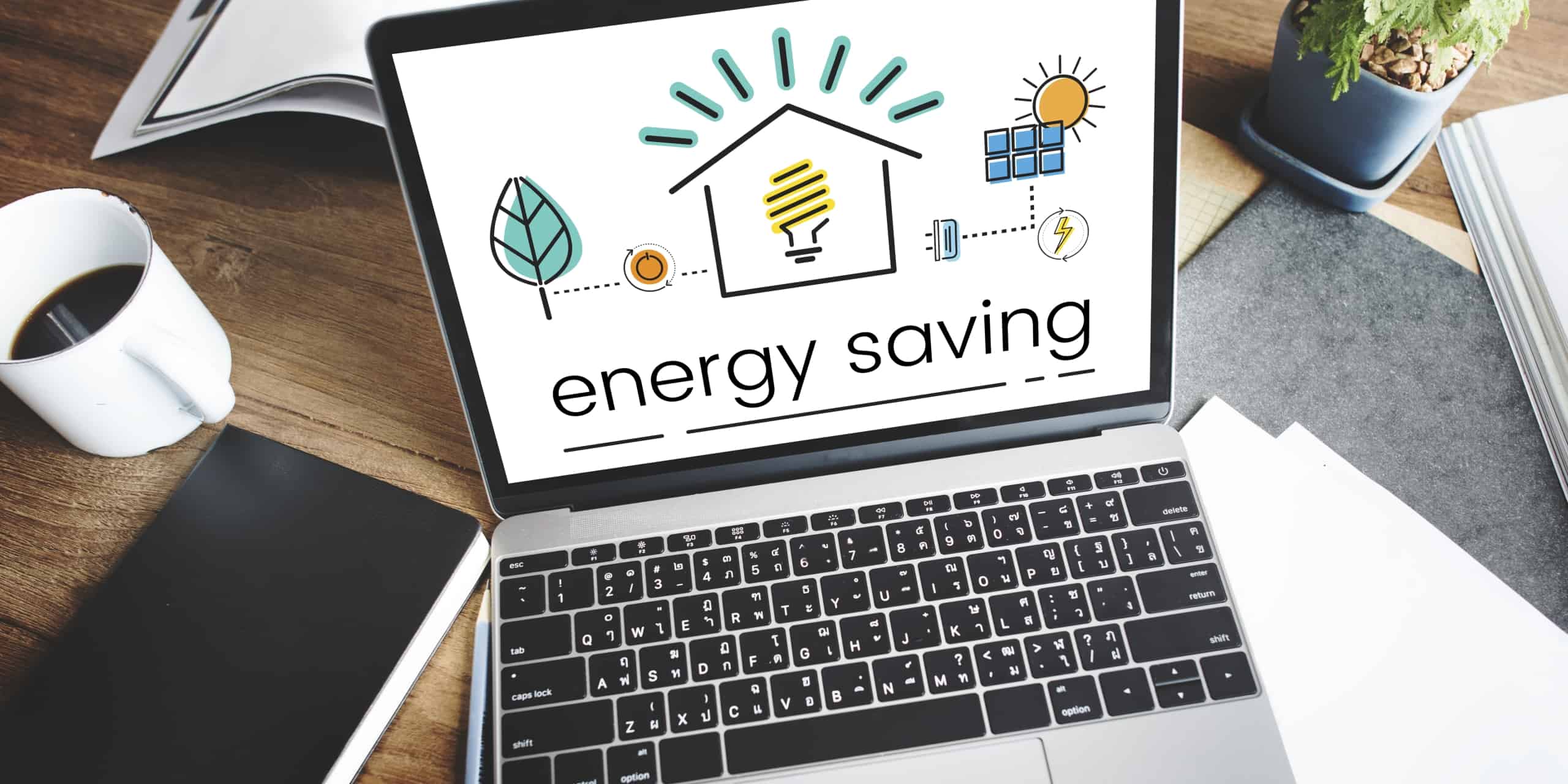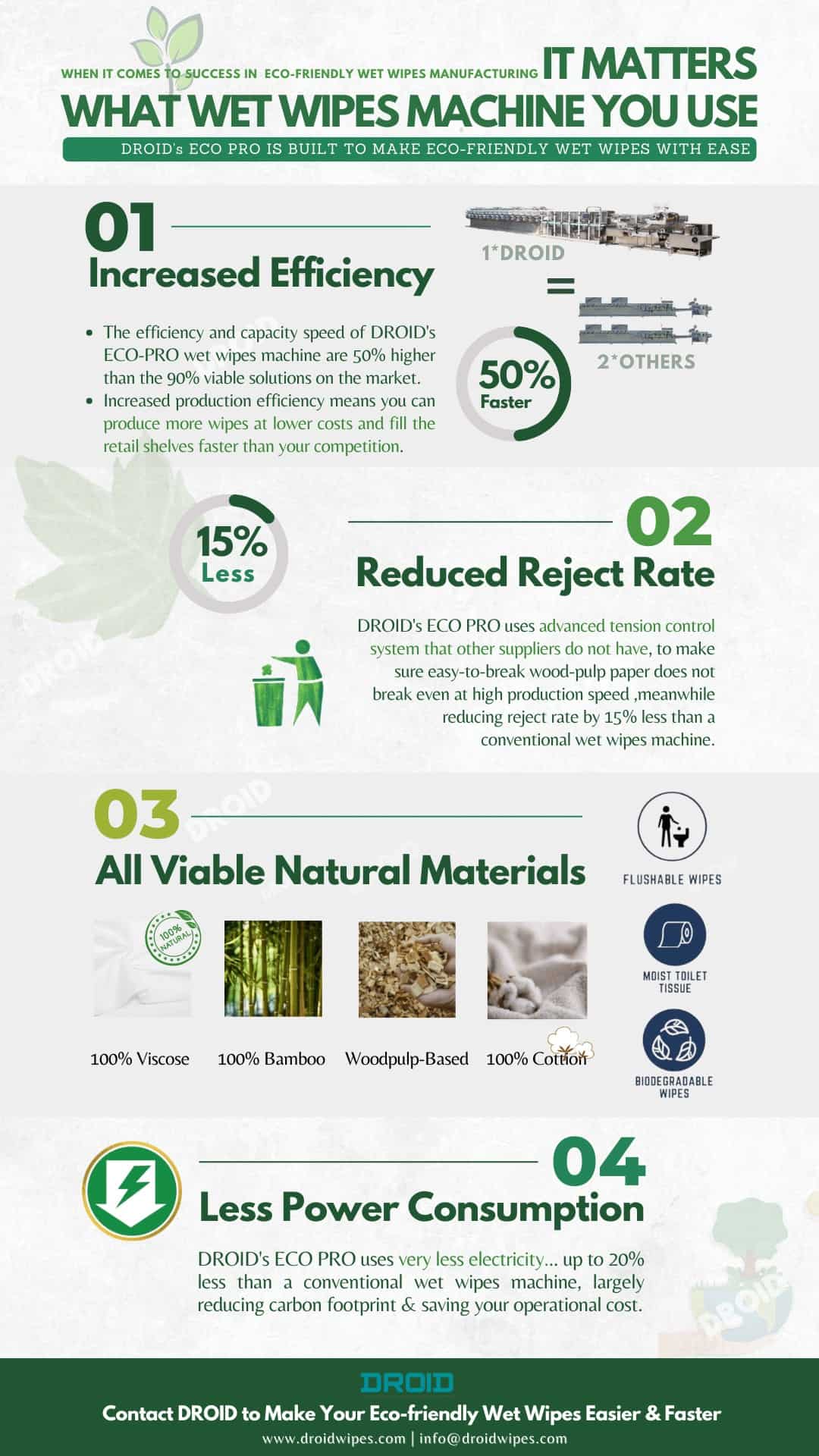1. Installation and Setup Costs
When buying a wet wipes machine, the initial expenditures go beyond the equipment’s price. Installation and setup fees may greatly affect your overall spending and need to be carefully thought about while planning.
Shipping and Handling
The dimensions and weight of wet wipes machines might result in significant costs for shipping and handling. Transportation expenses might vary significantly based on the manufacturing origin and the location of your operation. Specialized handling equipment or measures may be necessary to transport and install the machine at your location properly.
Fee for installation
Installation commences upon the wet wipes machine’s arrival. Professional technicians and engineers may be involved in the process, particularly if the wet wipes machine has to be integrated into an existing wet wipe manufacturing line or requires unique settings. The intricacy of the setup might impact the labor expenses since more sophisticated wet wipes machines need more time and technical skill for successful installation.
Calibration and Testing
Following installation, the wet wipes machine has to be calibrated to guarantee it functions according to the necessary standards for your product. This procedure may include experimental experiments, modifications, and maybe temporary halts of associated wet wipes manufacturing operations. Calibration guarantees the wet wipes machines continually deliver high-quality goods and comply with operating requirements, but it also increases the initial setup expenses.
Infrastructure Modifications
Occasionally, new wet wipes machine requires adjustments to your current infrastructure. Electrical improvements, more piping, or reinforced flooring are typical instances when additional expenditure is necessary to accommodate the new technology. These alterations may incur high expenses but are crucial for ensuring the safe and effective functioning of the wet wipes machines.
Ensuring adherence to environmental and safety regulations.
Adhering to local environmental and safety laws during installation may result in additional expenses. Additional equipment or safety measures may be necessary to comply with regulatory requirements, such as ventilation systems, waste disposal systems, or safety barriers.
Each of these issues adds to the overall installation and setup expenses of a wet wipes machine. Wet wipes manufacturers may effectively manage their budgets and prevent unforeseen financial challenges during the installation process by comprehending and preparing for these charges.
2. Training and Labor
Acquiring a wet wipes machine requires both financial investment in the equipment and a substantial commitment to training and personnel. Ensuring proper operation, maintenance, and troubleshooting is essential for optimizing production and prolonging the equipment’s lifetime.
Operator Training Program
After the installation of a wet wipes machine, personnel need to undergo comprehensive training to learn how to operate its unique functions and features. The training usually includes regular tasks, safety rules, emergency protocols, and fundamental problem-solving techniques. The duration of training varies according to the wet wipes machine’s complexity, ranging from a few days to many weeks. Training provided by the wet wipes machine manufacturer may be included in the purchase price but often incurs an extra charge. Alternatively, third-party training services may be necessary.
Advanced Technical Training
Technical training for maintenance professionals is essential beyond fundamental operation. This training enables the team to do routine maintenance checks, handle small repairs, and comprehend intricate machine operations, leading to less downtime and less dependence on external service providers. Advanced training may come with extra expenses but is crucial for maintaining the wet wipes machine’s optimal performance and addressing problems promptly.
Labor Costs
The intricacy of the wet wipes machine determines the skill level needed by operators and maintenance staff. Advanced wet wipes machines need operators with more technical expertise, perhaps resulting in elevated salaries. If the equipment is integrated into a continuous production line, additional shifts of workers may be required, leading to a significant rise in labor expenses.
Continuous Training
Ongoing training will be essential to ensure that workers remain current with the newest technologies and procedures when machines are changed or new features are added. Continuous training guarantees that the personnel can operate machines efficiently and adjust to new procedures or production objectives.
Effects of Insufficient Training
Inadequate training may result in improper usage of machinery, heightened deterioration, more frequent malfunctions, and subpar performance. This not only impacts productivity but may also lead to increased repair and maintenance expenses in the long run. Improper operation may create substantial safety hazards, which may result in accidents and related liabilities.
Properly investing in training and maintaining a professional workforce is crucial for optimizing the return on investment in a wet wipes machine. These initial and continuous costs are crucial for developing a well-informed staff capable of maintaining high operational standards and efficiency.
3. Maintenance and Repairs
It is essential to keep a wet wipes machine in top performance to guarantee continuous output quality and save downtime. This requires consistent maintenance schedules and swiftly attending to repairs. Comprehending these expenses and preparing for them may greatly impact the wet wipes machine’s extended operational effectiveness and ultimate financial gain. Examining the maintenance and repair factors for a wet wipes machine.
Routine maintenance
Consistent maintenance is crucial to avoid malfunctions and guarantee optimal wet wipes machine performance. This involves regular inspections and the substitution of components that have worn out, including blades, belts, and bearings. Potential tasks during scheduled maintenance may include:
- Lubrication: Regularly lubricate moving components to minimize friction and wear.
- Maintenance: Ensuring components are kept clean to avoid accumulation that may cause mechanical breakdowns or product contamination.
- Inspections: Regular inspections are conducted to detect and resolve possible faults before they result in substantial downtime or damage.
The frequency and complexity of these jobs vary based on the wet wipes machine’s utilization rate and the production setting. Certain conditions may subject the equipment to elevated quantities of dust or moisture, requiring more regular maintenance.
Downtime Cost
Time lost during maintenance or repairs is a substantial concealed expense. When the wet wipes machine is not working, manufacturing stops, causing delays in order fulfillment and income loss. Minimizing expenses may be achieved by scheduling maintenance during off-peak hours and keeping vital spare components onsite.
Repairs
Even with consistent maintenance, wet wipe machines may need repairs periodically because of unforeseen faults or failures. Repair costs might vary significantly based on the kind of failure and the accessibility of replacement components. Key elements include:
- Components: Spare parts may be expensive, particularly for specialist components. If components are not easily accessible, the delivery delay might prolong the downtime.
- Proficiency in technical skills: Specialized specialists may be necessary for intricate repairs and they often charge higher costs. For international models, specialized servicing from overseas may result in increased expenses.
Service Agreements
Many organizations choose to enter service contracts with their wet wipes machine vendors or third-party service providers. These contracts include a wide range of services, from regular upkeep to urgent fixes, and may assist in maintaining stable maintenance expenses. Nevertheless, the expenses associated with these agreements must be compared against the potential benefits of decreased downtime and reduced emergency repair expenses.
Software for preventive maintenance
Utilizing advanced maintenance techniques such as predictive maintenance may be advantageous. This method uses sensors and software to oversee the state of machinery and anticipate malfunctions in advance. Although the initial installation of these systems may incur high costs, they may greatly save future maintenance costs and avoid unexpected periods of inactivity.
It is crucial to invest in the upkeep and repair of a wet wipes machine to guarantee dependability, extend its lifetime, and sustain output. Being proactive in maintenance not only reduces costs in the long run but also improves safety and product quality.
4. Energy Consumption
Energy consumption is a crucial aspect that is sometimes disregarded when buying a wet wipes machine. The energy efficiency of a wet wipes machine may greatly affect operating expenses and environmental effects.
Machine’s Energy Efficiency
Wet wipes machines of different models and brands vary significantly in their energy efficiency. Outdated or less modern wet wipes machines often use more energy than newer, technologically advanced counterparts optimized for energy efficiency. Before buying a wet wipes machine, it is crucial to evaluate its energy needs by examining its energy ratings and comprehending the sort of energy it utilizes (such as electricity, gas, etc.).
Effect on Utility Expenses
Your wet wipes machine’s energy usage directly impacts your power expenses. Continuous or high-capacity wet wipes machine operation might result in substantial energy costs. When selecting a wet wipes machine, assess the anticipated energy consumption and its compatibility with your total energy allocation. Consider peak energy consumption periods if your energy supplier applies fluctuating tariffs depending on the time of day.
Energy-efficient Characteristics
Modern wet wipes machines may have energy-saving features like automatic shutdown when not in use, energy-efficient motors, and smart thermal management systems to reduce energy consumption. Wet wipes machines may have adjustable settings to optimize energy use based on production demands, minimizing energy usage while operating below full capacity.
Long-Term Expenses and Economies
Although energy-efficient wet wipe machines may have a greater upfront cost, the eventual energy savings may compensate for this early investment. Performing a cost-benefit analysis is helpful to compare the initial cost difference with the anticipated energy savings during the wet wipes machine’s lifespan. The study should include any incentives or rebates provided by governments or energy providers for using energy-efficient equipment.
Ecological Consequences
Decreasing energy use is not just about saving money but also about lessening your environmental footprint. Reducing energy consumption leads to decreased carbon emissions, which is essential for wet wipes manufacturers striving to enhance their sustainability efforts. This may assist in adhering to environmental rules and enhance your brand’s reputation among customers who are becoming more concerned about environmental sustainability.
Supervision and Control
Installing energy monitoring systems may assist in comprehending and controlling the energy use of your wet wipes machine. These systems monitor energy use in real time, enabling prompt modifications to enhance efficiency. Regular energy audits may identify areas for improvement to maintain the wet wipes machine’s optimum energy efficiency.
Including energy usage in the comprehensive assessment of a wet wipes machine helps you understand the whole cost implications of the equipment, going beyond simply the initial purchase price. Utilizing data-driven insights on energy use may result in substantial financial savings and promote a more environmentally friendly approach.
5. Production Waste
Production waste significantly affects cost efficiency and environmental sustainability while running a wet wipes machine. Reducing waste in manufacturing saves material costs, lowers disposal fees, and promotes a more environmentally friendly production process.
Sources of Production Waste
Production waste in wet wipes production may originate from several sources.
- Material Defects: Flaws or irregularities in raw materials might result in items being rejected and subsequently disposed of.
- Machine Calibration: Inaccurate calibration of the machine might produce goods that fail to fulfill quality criteria, resulting in higher levels of waste.
- Startup and Shutdown: creation cycles often start and conclude with purging, resulting in the creation of non-conforming wipes until the machine achieves the right operating parameters.
- Process Inefficiency: Process inefficiency may result from inefficient processes or obsolete technologies, leading to increased material utilization and mistakes, resulting in greater waste levels.
Effects of Waste on Expenses
The financial consequences of manufacturing waste are substantial. Waste materials must be disposed of, leading to extra expenses. Additionally, every unit of product squandered requires reproduction, thereby increasing the material cost for that unit. Minimizing waste immediately improves profitability.
Strategies for Reducing Waste
Implementing waste reduction measures may result in significant economic savings and environmental advantages.
- Enhanced Machine Precision: Upgrading to superior, more accurate equipment helps save waste by generating consistent goods with fewer flaws.
- Routine Maintenance and Calibration: Regular maintenance and calibration of the equipment optimize its efficiency and reduce waste caused by misalignment or deterioration.
- Optimizing Processes: Examining the wet wipes manufacturing process to identify areas of waste and streamline processes may greatly decrease material wastage.
- Quality Control Systems: Enforcing stringent quality control protocols at different manufacturing stages aids in detecting problems promptly, preventing further enhancement of faulty items.
Recycling and Reusing
Investigating options for recycling and reusing waste materials may help reduce the effects of manufacturing waste.
- Material Reuse: Excess materials and products that do not meet standards might be used for other purposes inside the facility, including testing or cleaning.
- Programs for Recycling: Participating in recycling programs that can handle waste items may help recoup expenses and lessen environmental harm.
Ongoing Enhancement
Implementing a continuous improvement strategy for waste management includes consistently evaluating production procedures, exploring advancements to minimize waste, and keeping abreast of emerging technologies and techniques to increase effectiveness and eco-friendliness.
Surveillance and Documentation
Establishing mechanisms for monitoring and reporting trash creation is essential for maintaining awareness and management. Utilizing data-driven insights may help inform operational changes and policy decisions to continue decreasing waste.
Efficiently handling manufacturing waste benefits wet wipes manufacturers financially and supports environmental sustainability. This dual advantage is becoming more crucial in the current market, as customers and regulatory authorities prefer enterprises that exhibit responsibility towards resource use and environmental effects.
6. Compliance and Safety
Adhering to regulations and ensuring safety is essential while running a wet wipes machine, affecting production costs and the company’s reputation and legal obligations. Adhering to regulatory norms and safety regulations in wet wipes manufacturing processes is crucial to prevent financial fines, legal complications, and injury to workers or customers.
Compliance with regulations
Wet wipes machines must adhere to various municipal, national, and even international requirements, which may encompass:
- Health and Safety Standards: These guarantee that the wet wipes machines and its operation do not pose a risk to workers. Standards regulate machine guarding, emergency stop systems, and safe operating methods.
- Environmental Regulations: Wet wipes manufacturers may be required to adhere to restrictions regarding waste disposal, emissions, and the use of certain chemicals, depending on their location and the size of their activities.
- Product Quality and Safety Standards: Stringent product quality and safety standards in the consumer goods industry ensure that items adhere to certain safety and quality criteria to prevent damage to customers and hold producers accountable.
Compliance Costs
Attaining compliance might involve substantial expenses.
- Equipment and Upgrades: Wet wipes machines may need extra features or modifications to comply with safety regulations, such as enhanced guards or sophisticated control systems.
- Certification and Inspection Fees: Acquiring essential certifications and completing routine inspections may result in expenses, particularly when third-party auditors are engaged.
- Training and Documentation: Training all operators to comply with legal requirements and keeping paperwork current may require significant resources, but it is essential for legal and safety reasons.
Precautionary Measures
Implementing strong safety protocols is crucial for both meeting regulations and avoiding accidents to maintain a secure work environment.
- Personal Protective Equipment (PPE): Operators may need particular Personal Protective Equipment (PPE) such as gloves, goggles, or ear protection, depending on the wet wipes machine’s functioning.
- Emergency Procedures: Effective emergency measures, such as machine emergency stops and evacuation procedures, are crucial.
- Routine safety drills and audits: These aid in guaranteeing the efficiency of operations and the ongoing adherence to safety protocols.
Effects of Non-Compliance
Non-compliance may lead to serious repercussions, such as:
- Financial Penalties: This may be significant, particularly for violations of environmental standards or workplace safety statutes.
- Operational Disruption: Failure to comply may result in shutdowns or operational limitations until compliance is met, affecting production schedules and profitability.
- Reputational Damage: Reputational damage may occur due to safety failures or legal breaches, impacting a company’s reputation, consumer trust, and market position.
Ongoing Monitoring and Enhancement
Ensuring compliance requires continuous dedication.
- Continuous Training: Continuous training is essential for keeping workers updated on the newest rules and safety standards, along with regularly reviewing operating processes.
- Investment in Technology: Investing in advanced safety systems may improve compliance and safety, leading to a positive return on investment via accident prevention and increased efficiency.
- Legal and Regulatory Updates: Remaining updated on alterations in pertinent rules and regulations is crucial to guarantee continuous compliance.
Investing in compliance and safety for wet wipes production is essential for protecting the company’s assets, workers, and customers, and is not just a legal need but also a strategic decision. This investment supports the continuity of operations by promoting a secure, legally compliant, and productive work environment.
7. Depreciation and Resale Value
Comprehending the depreciation and resale value of a wet wipes machine is essential for financial planning and asset management. These variables affect the total cost of ownership and might influence choices about upgrading or replacing equipment. Examining how depreciation and resale value impact the financial elements of owning a wet wipes machine.
Wet Wipes Machines Depreciation
Depreciation is the decrease in value of the wet wipes machine as a result of wear and tear, technical advancements, and market factors. Various crucial elements impact the rate of depreciation.
- Initial Quality and Durability: Wet wipes machines of higher quality and durability degrade slowly due to their sturdy build, extended lifespan, and sustained performance.
- Technological Advancement: Rapid technological advancements might lead to accelerated depreciation of wet wipes machines.
- Maintenance Practices: Regular maintenance practices may help reduce depreciation by maintaining the equipment in optimum condition and prolonging its usable lifespan.
- Usage Rate: Wet wipes machines used in high-volume production environments may experience accelerated depreciation as a result of the heightened wear and tear caused by continuous operation.
Depreciation Calculation
Depreciation for accounting is often computed using techniques like straight-line, falling balance, or units of output. Knowing the correct approach to use is essential for effectively evaluating the financial consequences of equipment depreciation on the firm.
Financial Statements Impact
Depreciation decreases the recorded value of assets and impacts profits by creating depreciation costs on financial statements. Depreciation is crucial for tax reasons since it may serve as a substantial deductible cost, thus lowering the taxable income of the corporation.
Resale Value
The resale value is the anticipated amount a corporation may regain by selling a pre-owned wet wipes machine after it has undergone depreciation. Factors influencing the resale value are:
- Market Demand: Strong market demand for old machinery might help sustain higher resale prices.
- Machine Condition: Well-maintained wet wipes machines often command higher resale prices.
- Brand Reputation: Wet wipes machines from well-known companies tend to maintain higher value because of their perceived dependability and performance.
- Technological Relevance: Wet wipes machines that stay current with technology or are readily upgradable are more likely to fetch a higher resale price.
Strategic Asset Management
Smart asset management entails evaluating the potential resale value of equipment before purchase and selecting wet wipes machines that not only fulfill current requirements but also promise superior long-term financial gains. These are:
- Opting for Reputable Brands: Investing in wet wipes machines from established wet wipes machine manufacturers renowned for their durability and reliable after-sales support.
- Future-Proofing: Future-proofing involves choosing devices that can easily accommodate future technology upgrades or extensions.
- Equipment Maintenance: Enforcing a strict maintenance plan to preserve the machine’s condition and operation.
The depreciation and resale value of a wet wipes machine are important factors that impact the financial well-being of industrial operations. By effectively managing these aspects, wet wipes manufacturers may optimize their return on investment, reduce losses, and make well-informed choices about the retention, upgrade, or sale of equipment. Comprehending these factors is crucial for strategic financial planning and sustaining a competitive edge in the market.








